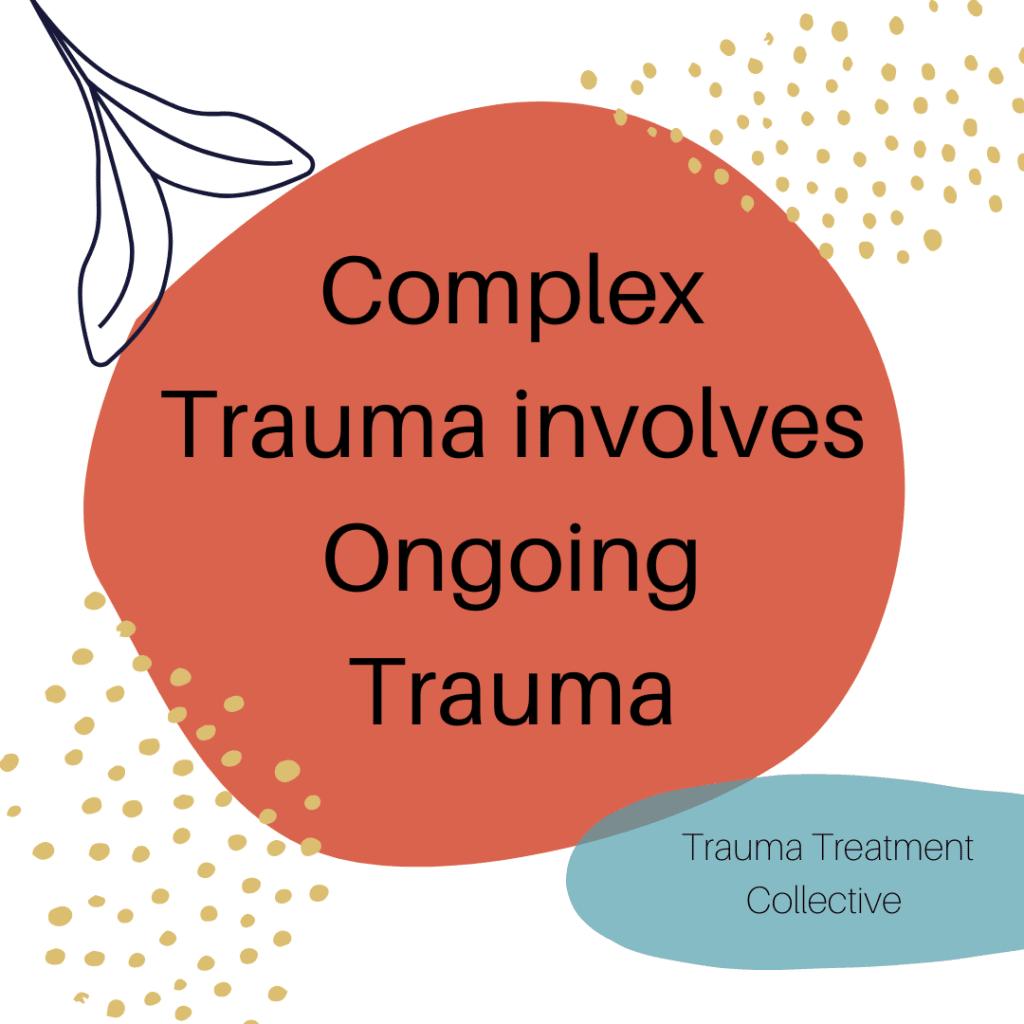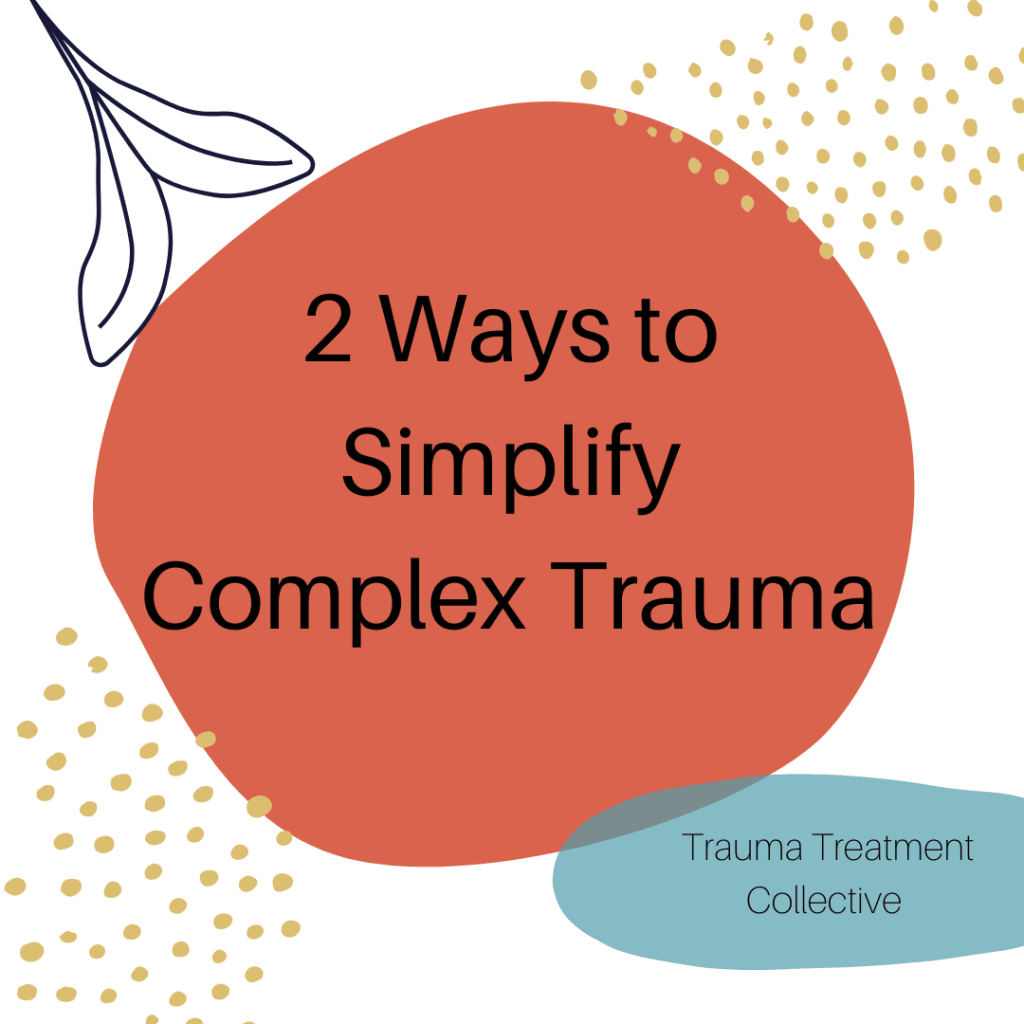When treating trauma, it is important to consider what type of trauma you are treating. Some types of trauma fall under the category of single incident trauma. These are traumatic events that occur one time. Examples of some single incident traumas might be a car accident, sexual assault, medical trauma, falls, etc.

Then you have another category of trauma called complex trauma. This category includes ongoing traumatic events– either the same type of trauma or multiple types of trauma that happen to an individual over a period of time. Traumas that are often considered components of complex trauma are physical, sexual, and or emotional abuse throughout childhood, living in poverty, systemic discrimination, etc.
Complex Trauma can be very complicated for the client and professional alike. Below we will discuss ways to simplify complex trauma.

Here are two key things I want to share with you when considering how to simplify complex trauma:
#1: Return to the basics.
Sometimes a client won’t present or report complex trauma, but as you continue to work with them, you realize that complex trauma is exactly what they are struggling with. Once you recognize and diagnose complex trauma, one thing you can do is return to the basics of trauma treatment. The two things that I like to focus on are safety and stabilization.
I think these two things are magical in a way. If you continue to focus on them and really help your client solidify these skills, the client’s system will naturally identify what needs to be addressed first. Isn’t that always the question – what do we tackle first, and where do we start amidst complex trauma?
#2: Look for the thread that ties all the things together.
Sometimes it can feel like you are jumping around from topic to topic or fire to fire for many of your complex trauma survivors. I try not to get too discouraged when this happens, and I try, rather, to look for the common thread in all the fires. What’s tying all these things together? A great place to start is to ask yourself if the client’s fight, flight, or freeze response is stuck in the “on” mode. Once you are able to find the thread, it will be a great place to focus treatment, no matter what content the client is presenting with.
Well, there you go, two things that always help me make the complex trauma case a little less complex. I hope they help you, too, along your trauma treatment journey.

